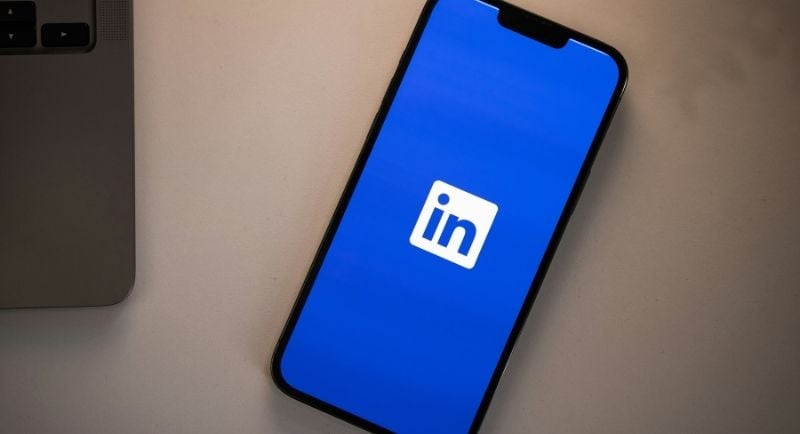LinkedIn has clarified that it has not reversed any changes to its feed algorithm, following reports from users that older posts were appearing more frequently in users’ feeds.
The experimental change
The discussion was prompted by a post from Bhairavi Jhaveri, B2B Communications Lead at LinkedIn EMEA & LATAM, where she stated that the feed had been adjusted in an experiment aimed at balancing relevance with recency.
“Your Feed may have looked slightly different in the last few weeks… This was part of some testing we were doing to strike the right balance between prioritising relevant content vs recent content in your feed,” Jhaveri wrote on LinkedIn. “The dramatic shift was only temporary and it will go back to feeling far more normal now.”
Her post has since been deleted and a spokesperson from LinkedIn has clarified to Mediaweek that the platform hasn’t rolled back any changes. A spokesperson said that while a small number of users may have noticed more older posts temporarily, this was not a systemic shift.
“We may sometimes share posts that are older and still relevant to a member’s career,” they said. “But for the most part they’ll still get more in-the-moment, timely news and insights.”
Gyanda Sachdeva, LinkedIn Vice President of Product Management, told Business Insider the goal was to resurface career milestones and valuable insights that might otherwise be missed.
“We want to make sure that we strike the right balance,” said Sachdeva. “The goal is not to suddenly make it feel like it’s all from five weeks ago.”
According to Jhaveri, LinkedIn’s broader vision for the feed is to make it “more timely, relevant, connected, and conversational.” The platform says it will continue to fine-tune its algorithms based on user feedback and engagement signals.
LinkedIn currently has over 1 billion users globally, with Australia representing a significant and growing market, especially among marketers and business professionals. Changes to how the feed operates can have ripple effects across content strategies, particularly for agencies and media outlets that rely on timely visibility.
“In the new normal, you should expect to see a little bit of a flex on recency because we want to make sure that posts are relevant to you.” Jhaveri added.
Want your feed back to normal?
If the influx of older posts is still disrupting your experience, LinkedIn users can manually switch to a chronological view. Go to Settings > Account preferences > Preferred feed view and select “most recent posts” to prioritise newer updates over algorithmic suggestions.
